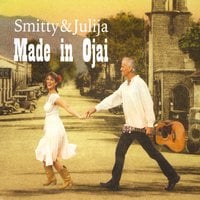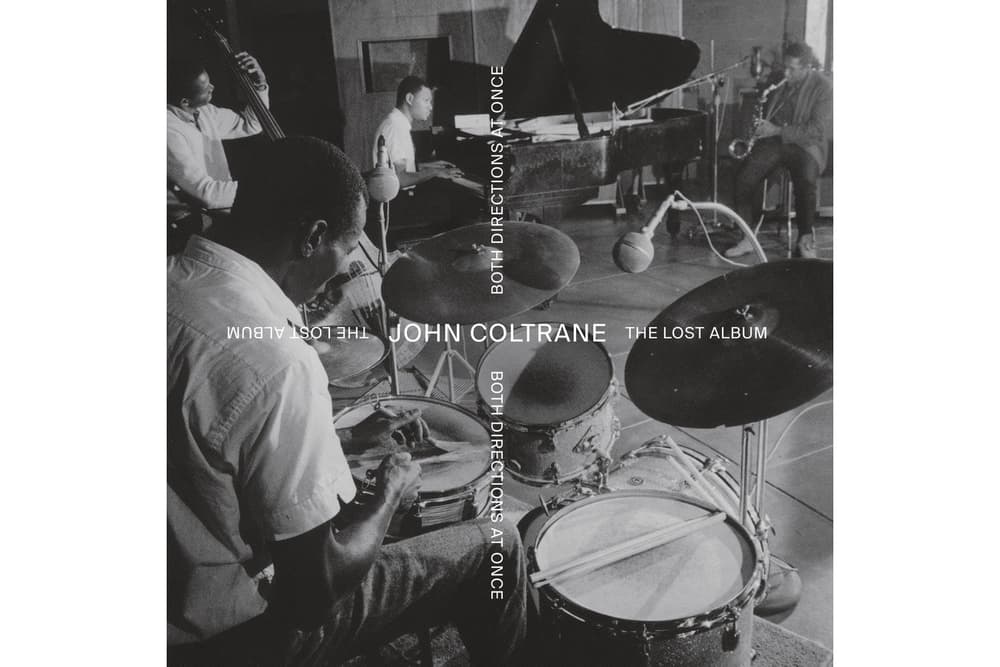Jeff Beck has always been the most adventurous of the Yardbirds triad, and he's easily the most unique: only Hendrix rivals him for advancing rock guitar by light-years, and it's lucky for us that he's stayed alive to add to his legacy. Jeff Beck is easily the best of his generation: he has made more than a few awful records, but his guitar work was always without equal. He is the only one of the original British blues-rock pioneers who's learned how to blend his style musical situations than strict-rock: at his best, he is riveting as no other guitarist can be. The band from the albums Truth and Beckola rocked hard with a loose but fierce rhythm section and Beck's guitarwork seared like nothing else that had come before. People left their concerts without eyelashes. Becks' guitar licks sliced the meat in the butcher shop across the street powered the generators at the ER when the lights went out. Rod Stewarts' singing forced ugly cops to stay indoors on nice days.
I had been of the recent opinion that what guitarist Jeff Beck has been doing for the last decade was mainly composed of doodling-- short, strange guitar riffs and odd sounds aplenty, but little in the way of exciting guitar work. The July 22nd concert at the Mattress Firm Amphitheater was another matter altogether; I've had the honor of seeing Beck three times previously; what did that night was a revelation. Fluid, fast, angular, bluesy, full of blues phrasing framed sidewise, and in reverse order, tonalities from a refined adaptation of Indian classical improvisation, splintered chromaticism, power chords, fusion dynamics, and the sweetest lyric playing one would wish for. And yes, lots of funk. All this, of course, with a fine band, including drummer Vinnie Colaiuta (Frank Zappa, Sting, Herbie Hancock), vocalist Jimmy Hall, bassist Rhonda Smith (Prince, Chaka Khan, Beyoncé, George Clinton) and cellist Vanessa Freebairn-Smith, all of whom propelled the guitarist with a tightly conceptualized sense of varying rhythms that drove the guitarist to what seemed like more significant and more inspired outlays of his singular virtuosity as the set wore on.
Although not a hyper virtuoso along the lines of Joe Pass or John McLaughlin, two guitarists he clearly admires, Beck has, all the same, spent the majority of career in a state of perpetual flux, going from one style to the next, from hard rock, blues metal, rockabilly, jazz-rock to increasingly synth-dominated backdrops. Sometimes his playing, in my regard, missed the mark. Always, always, though, he was adding to his armory, changing his style, broadening his understanding of where a solo could go, evolving to his current state of what seems to be a superior style that's all of a piece, without seams, without stitches; great swaths of bracing electric dissonance intersected superbly with a spare and melodic ad-libbing along a song's central theme. Simple, winsomely stated phrases built into quick-witted crescendos. It was a night was a rich, fluent display of all his 50 years of experiments, investigations, inquiries into all manner of music from around the world. It was fluid, intense, the work of a singular artist at the very top of his form.







